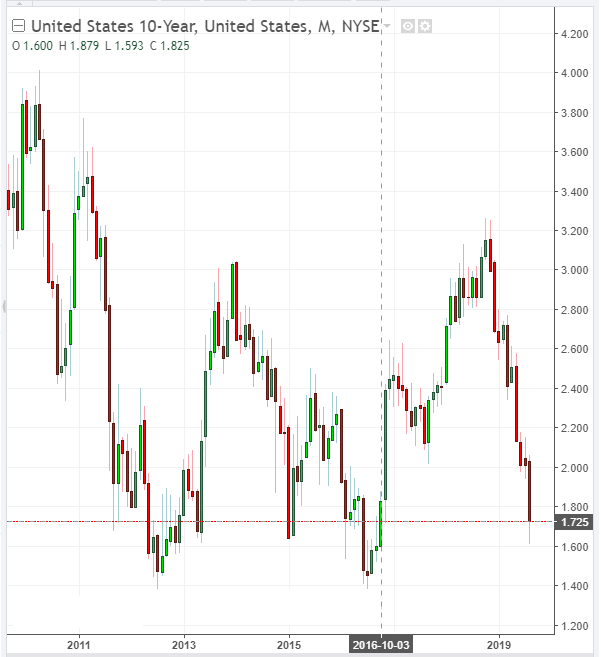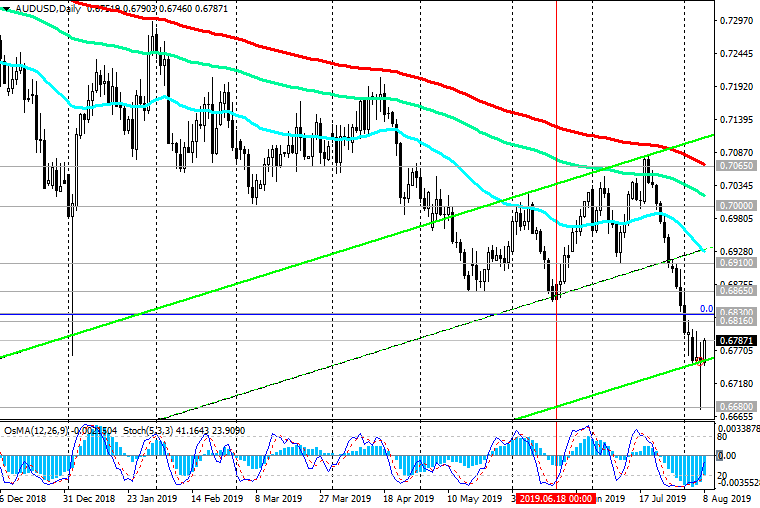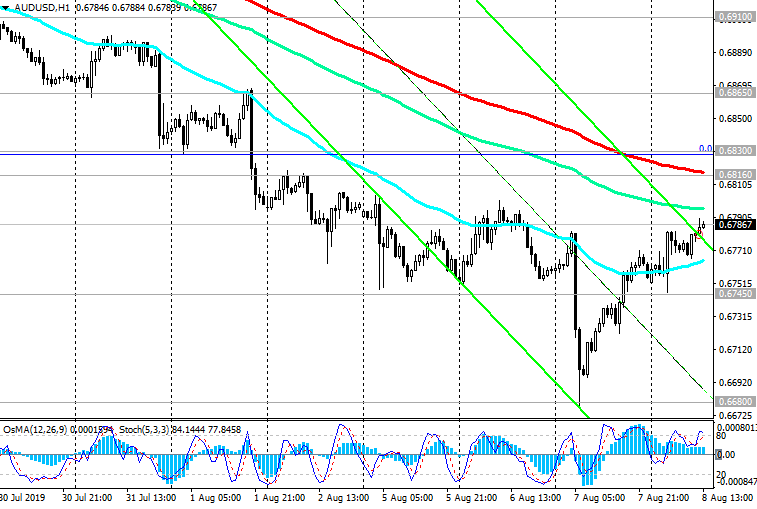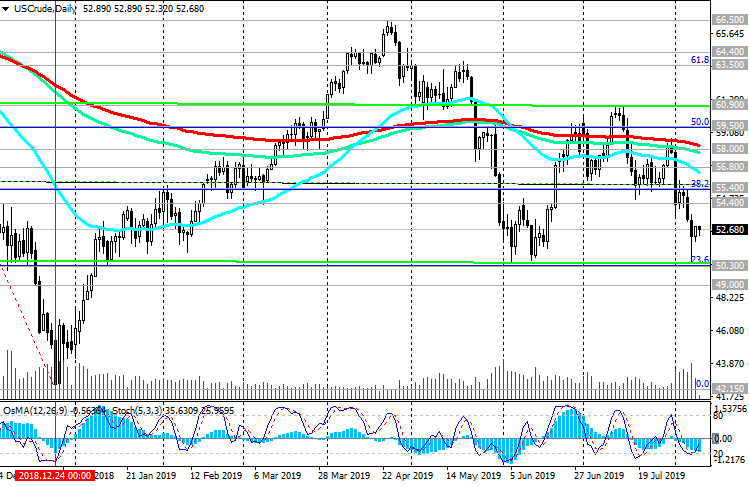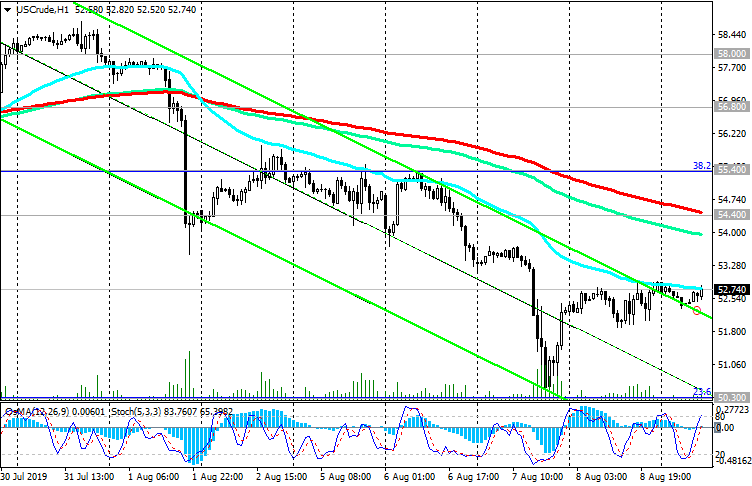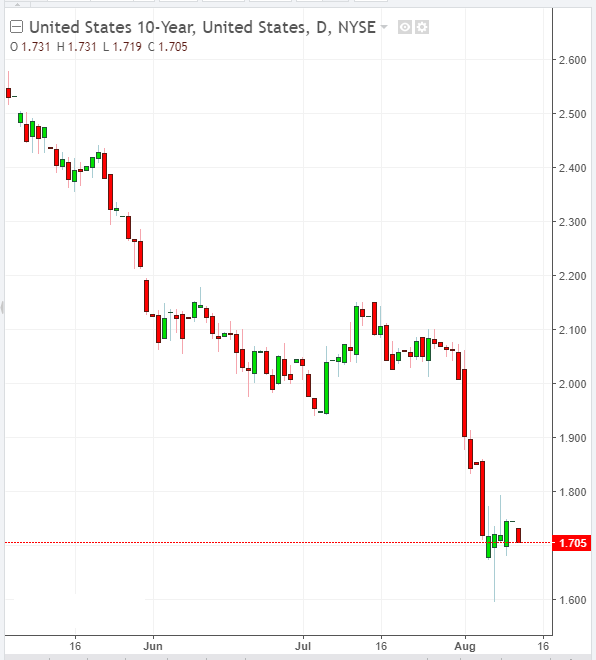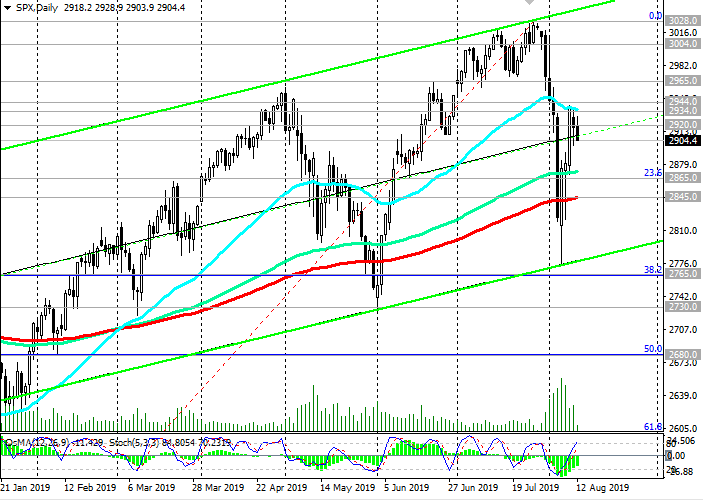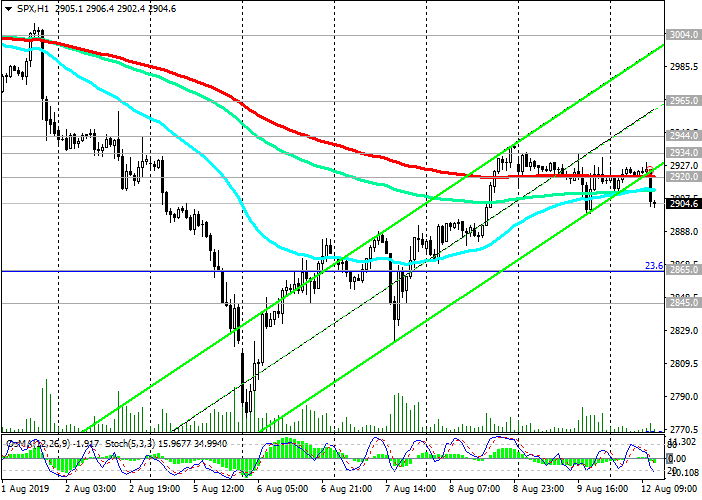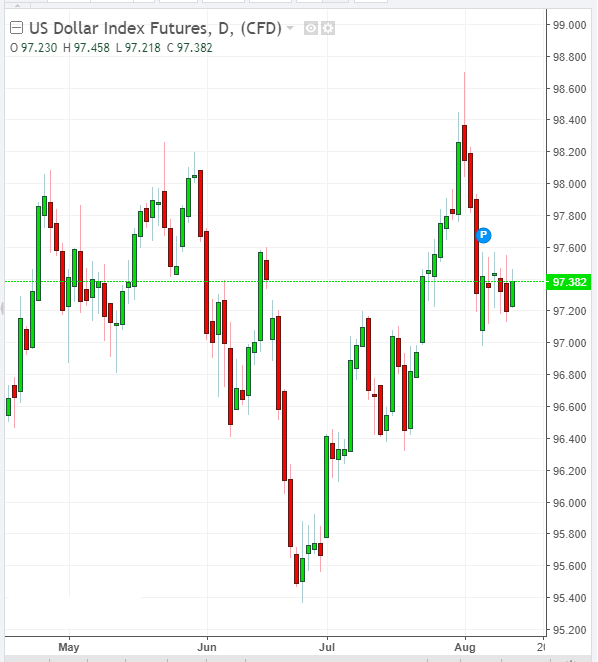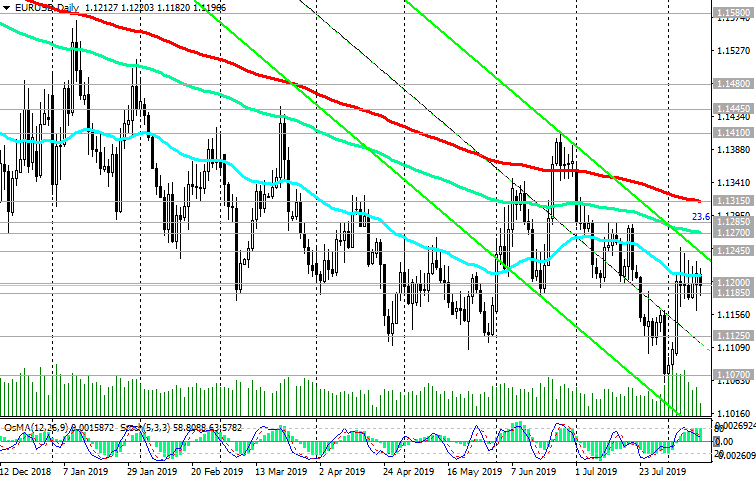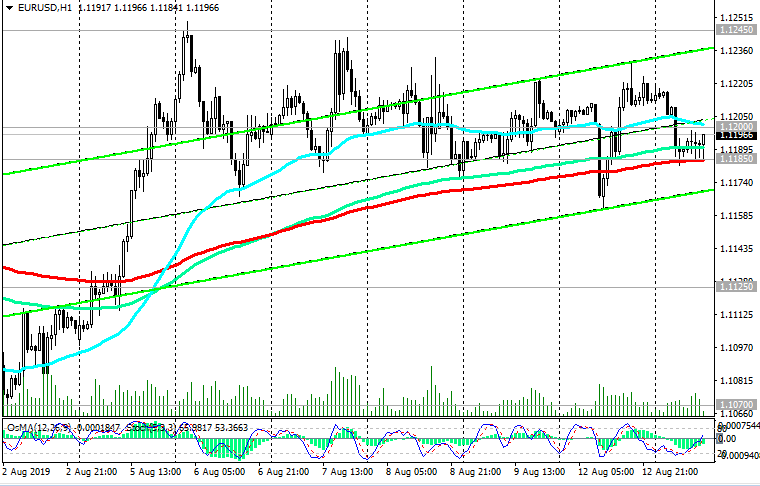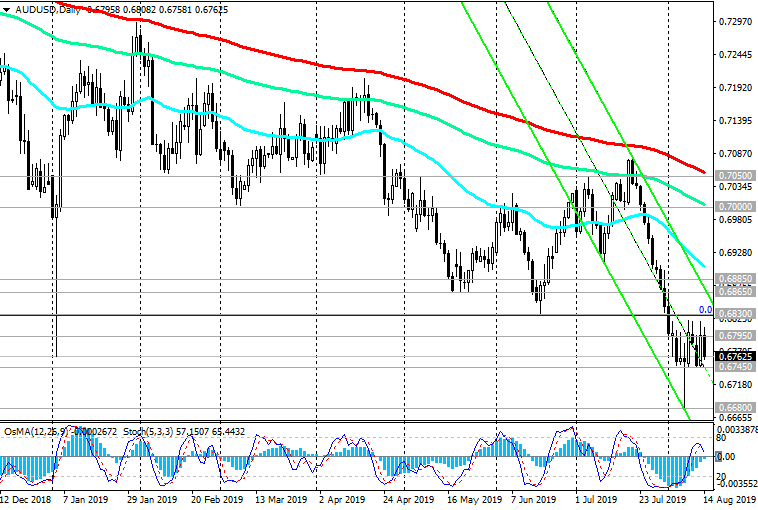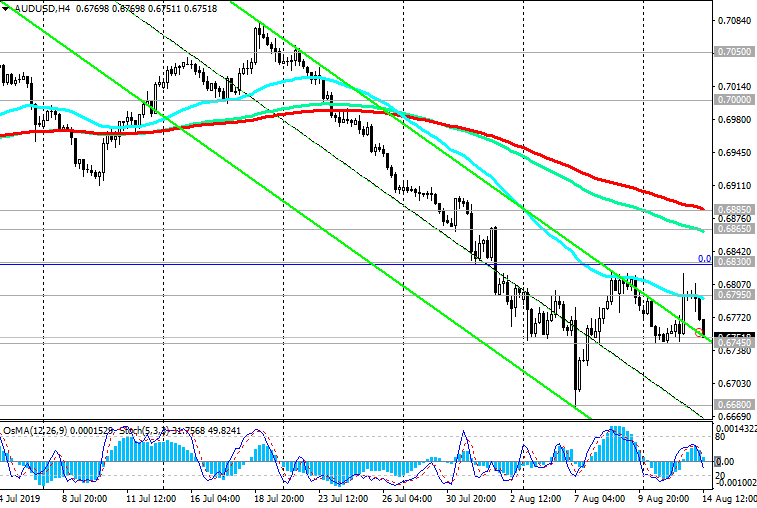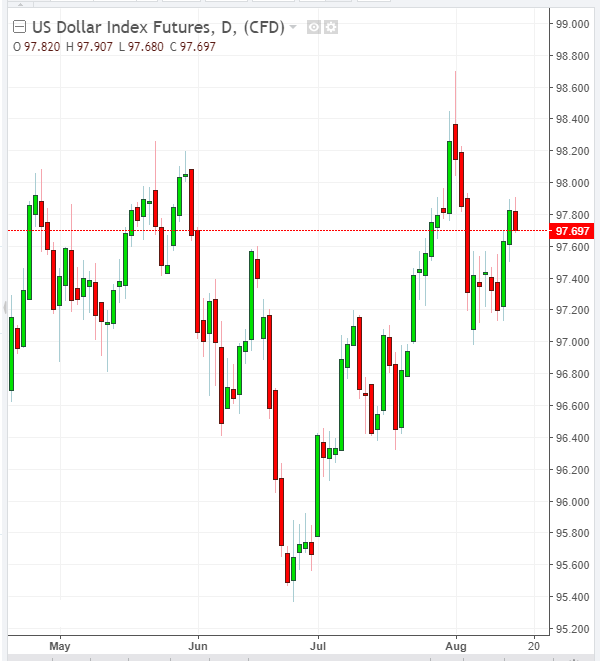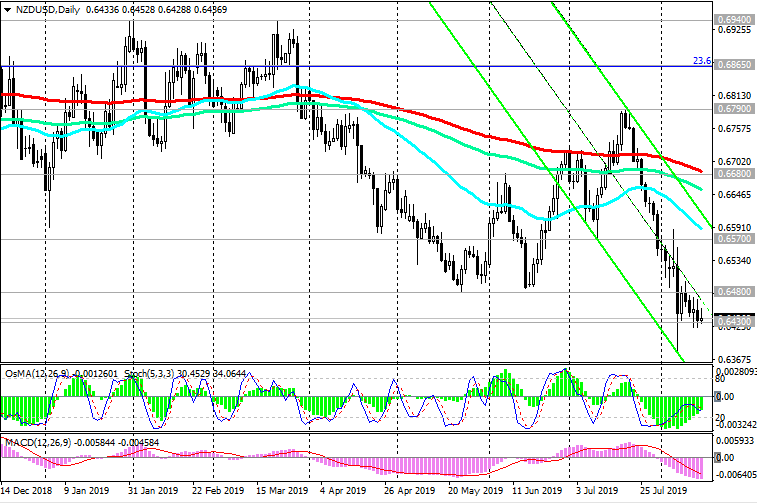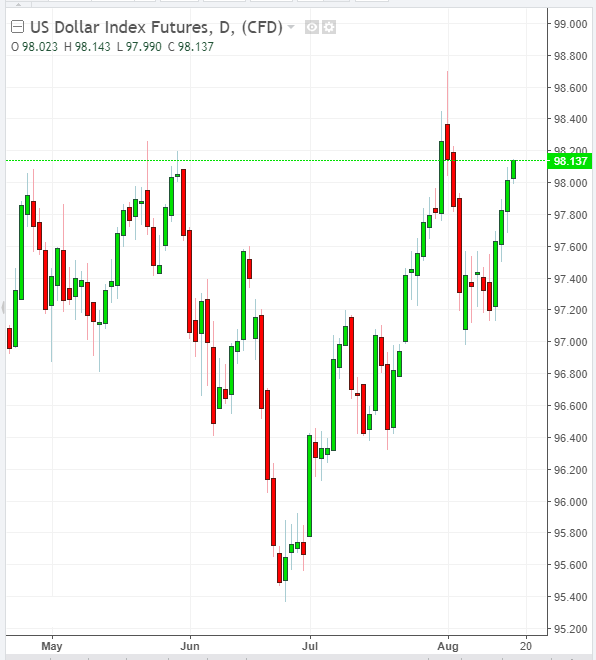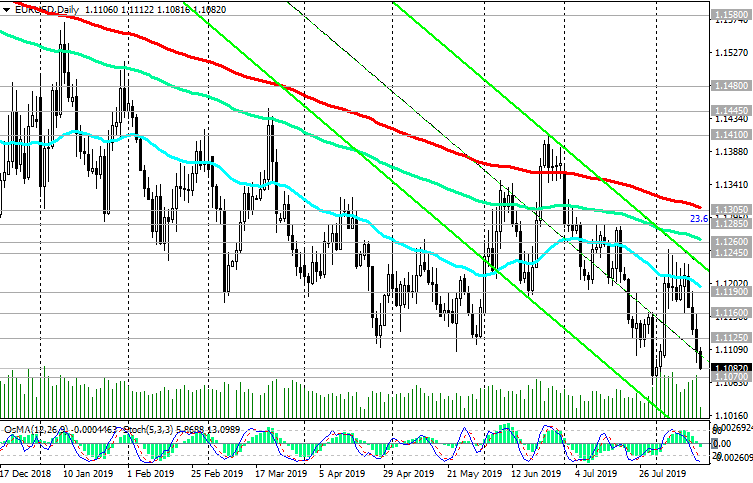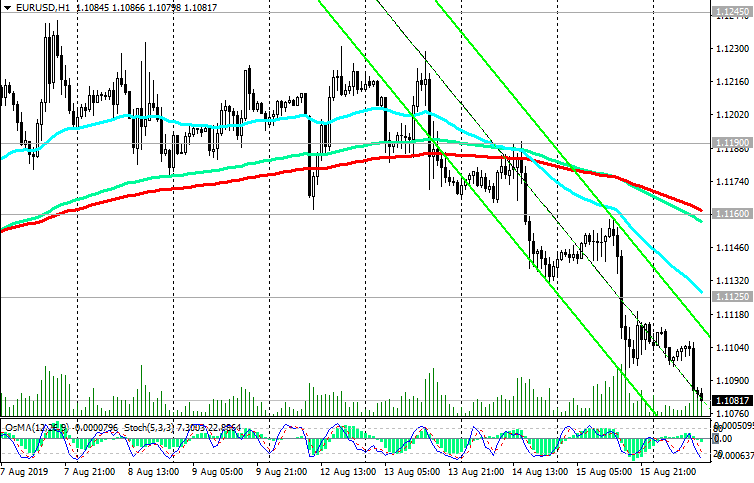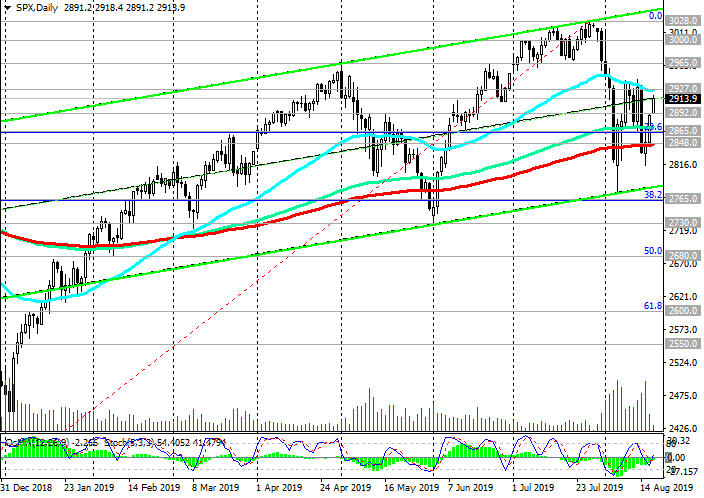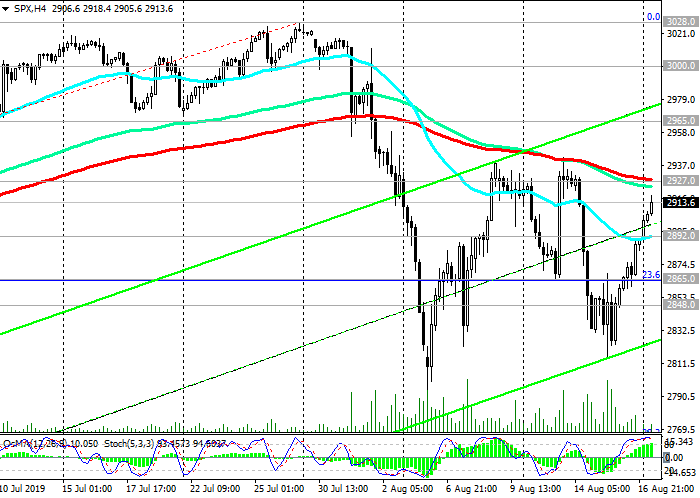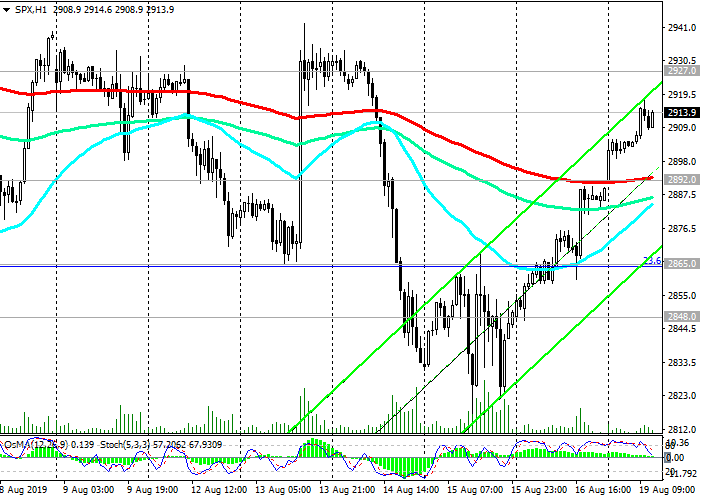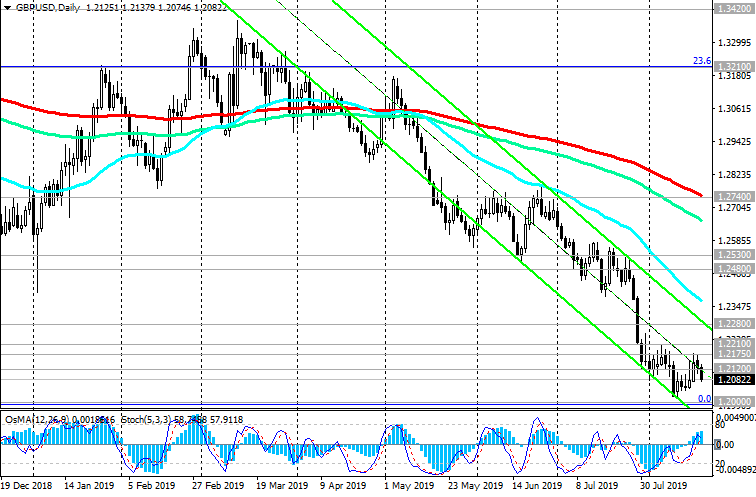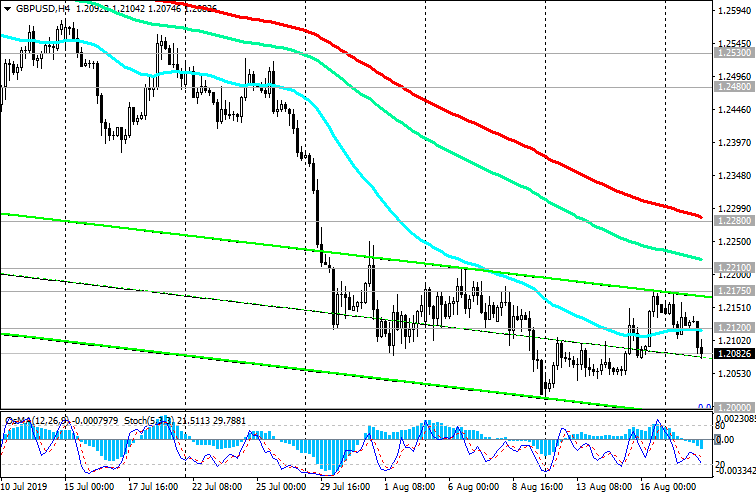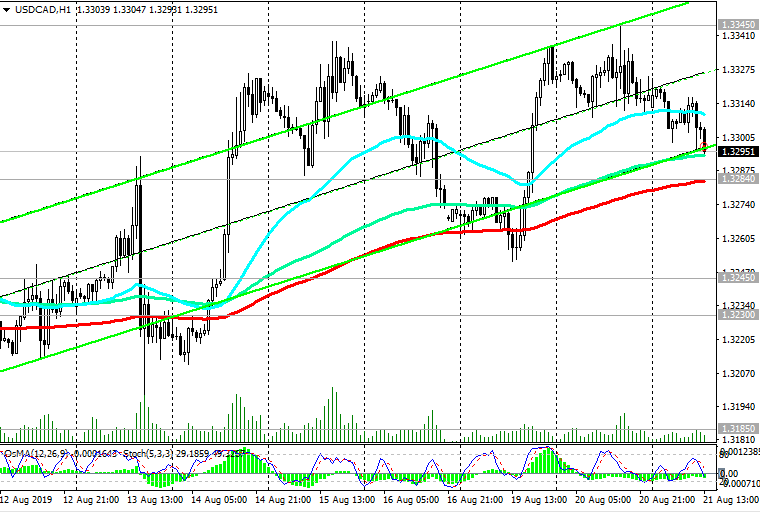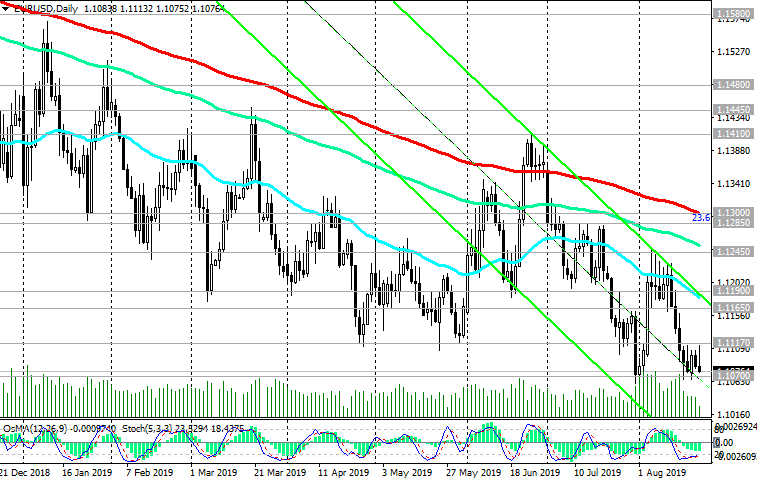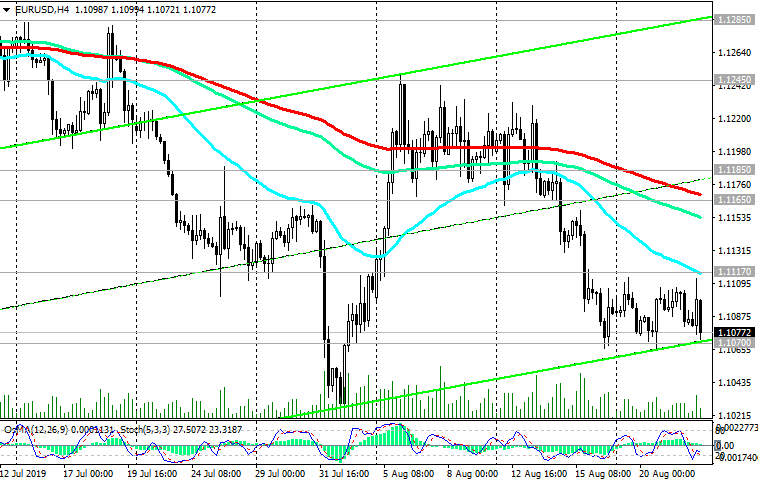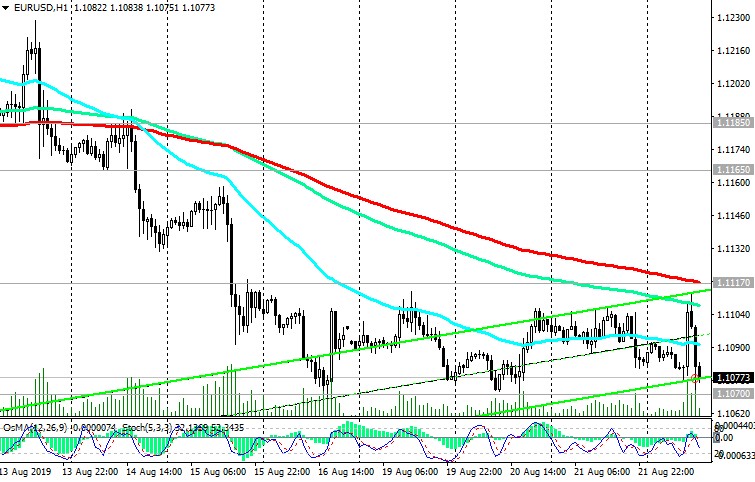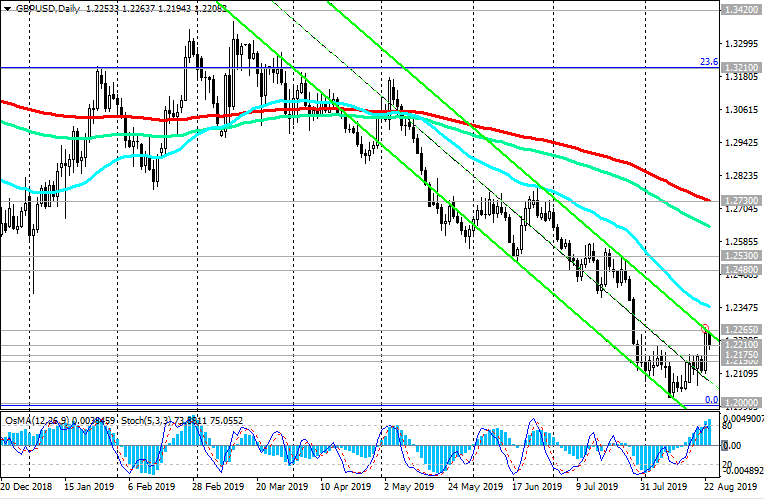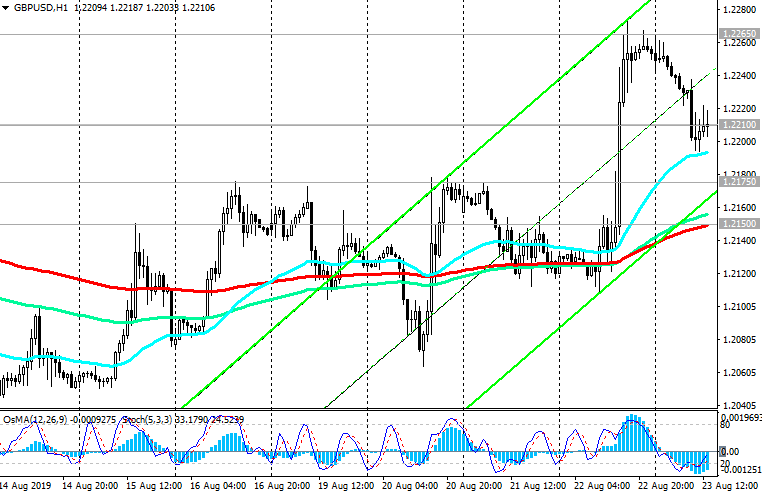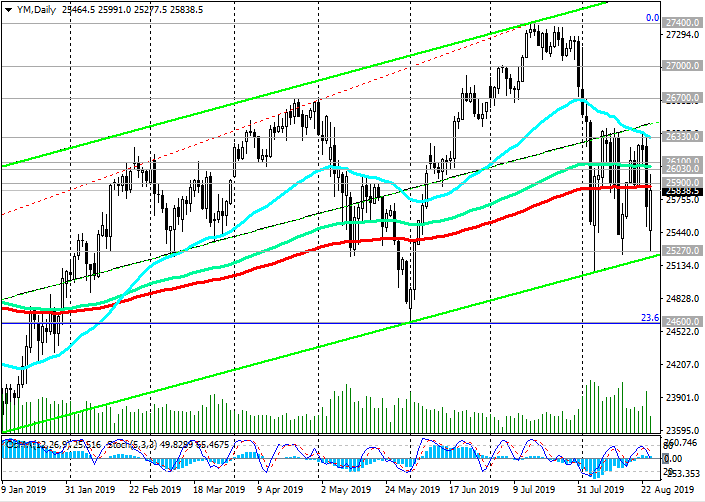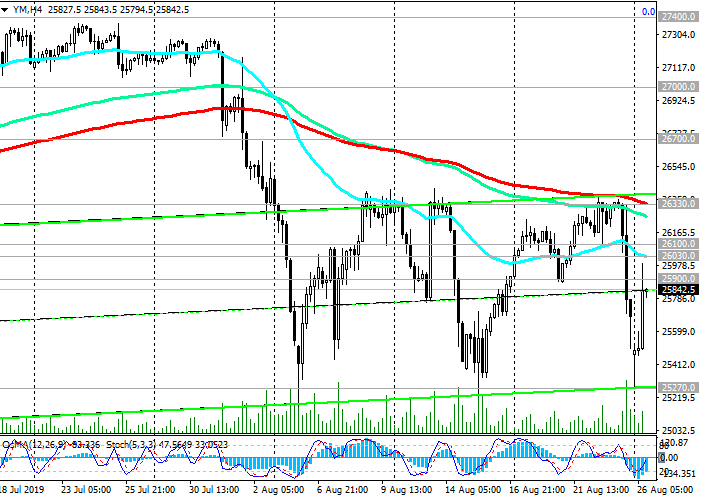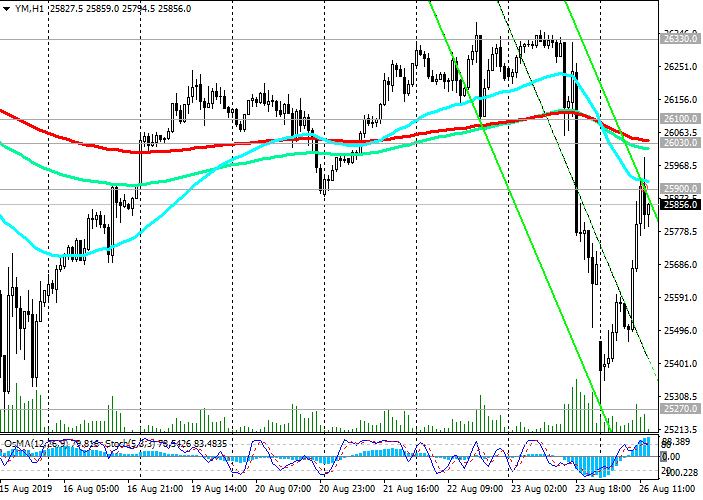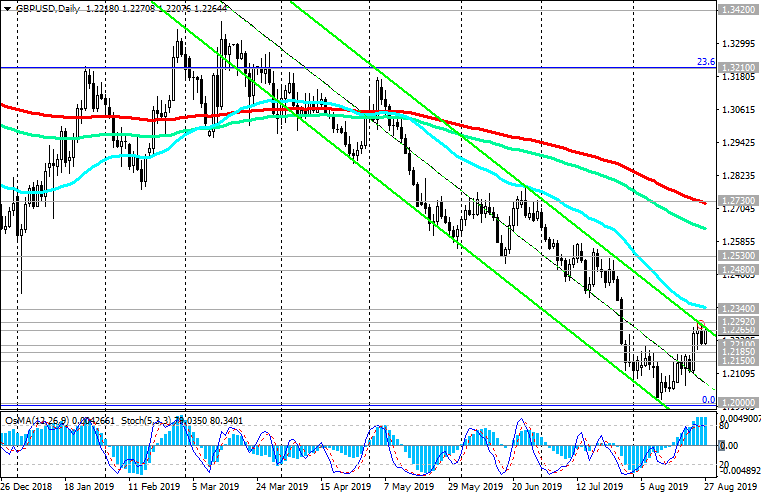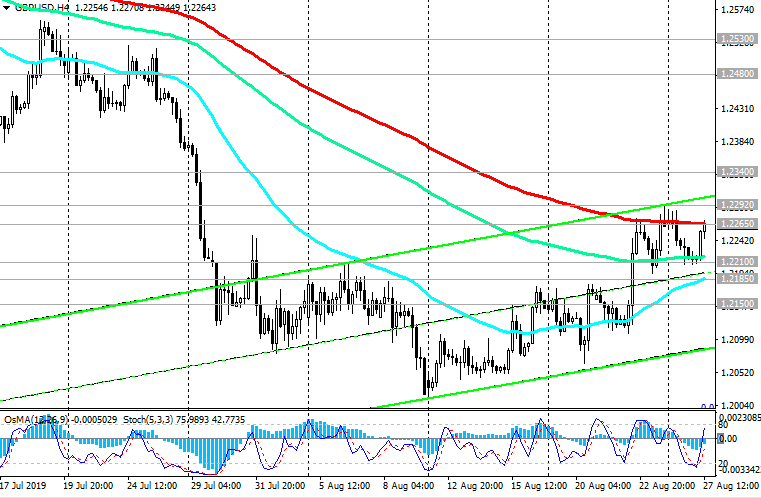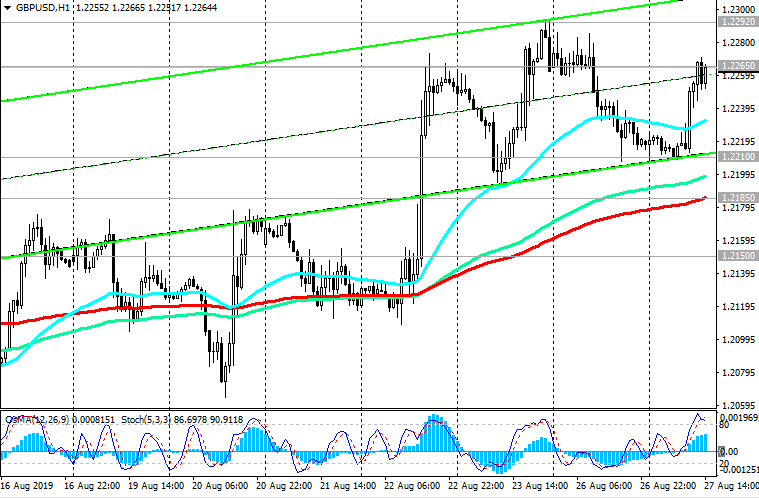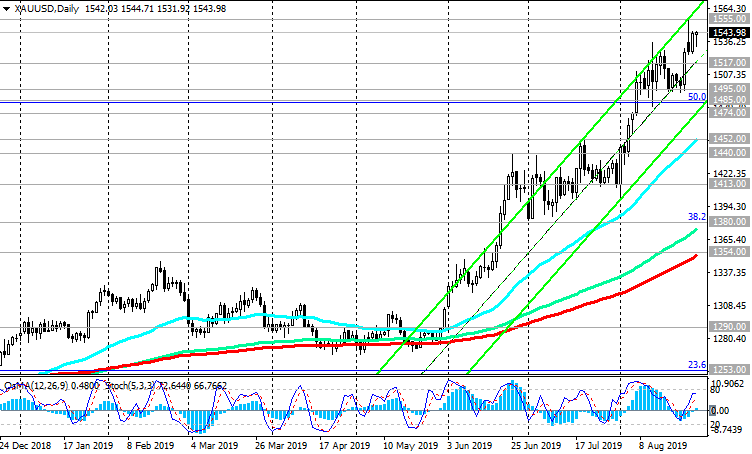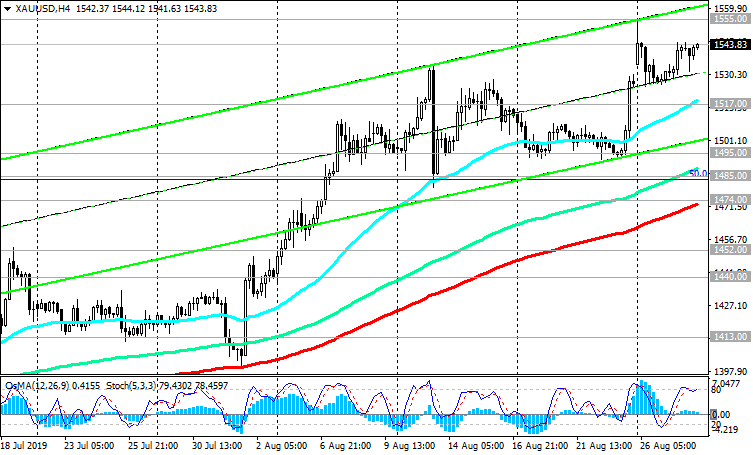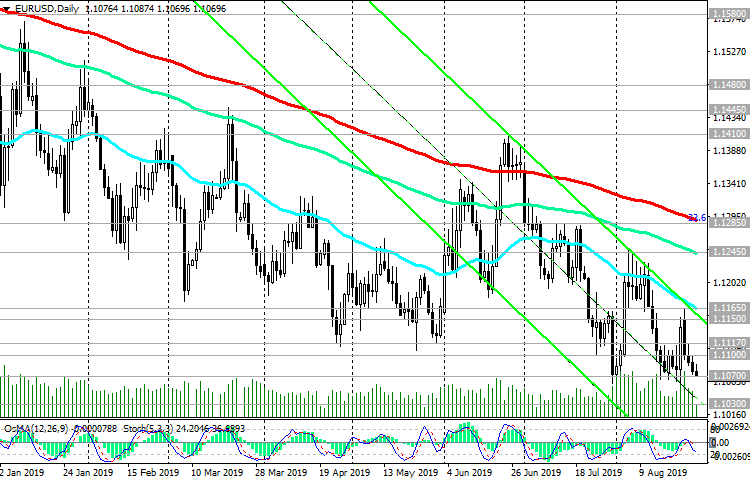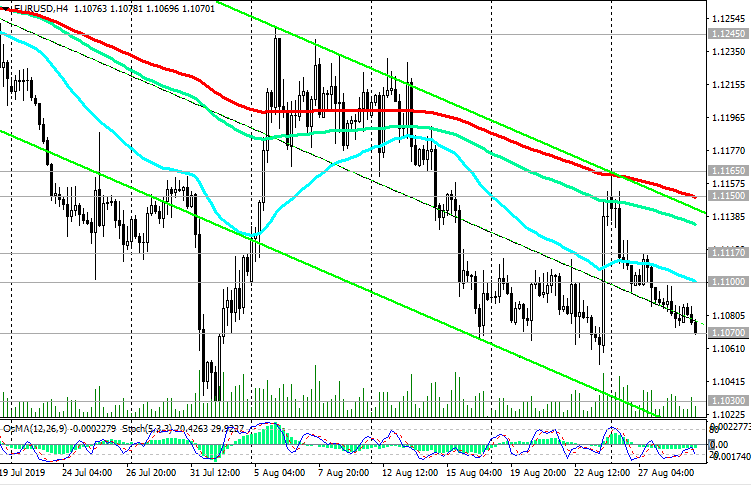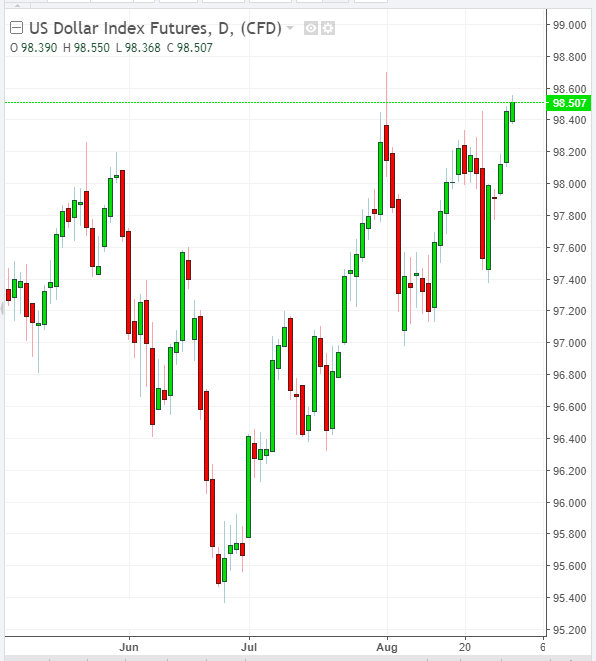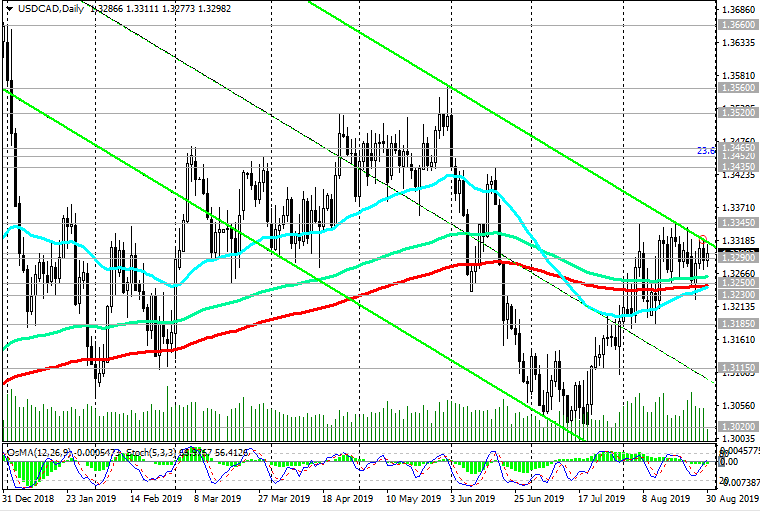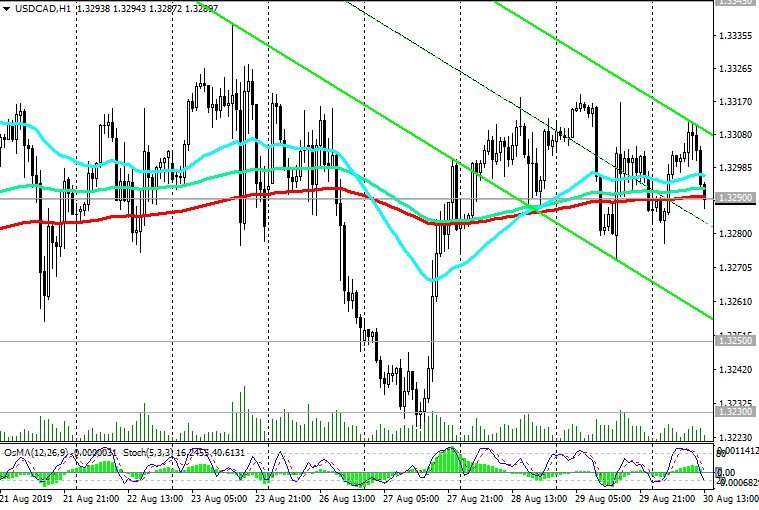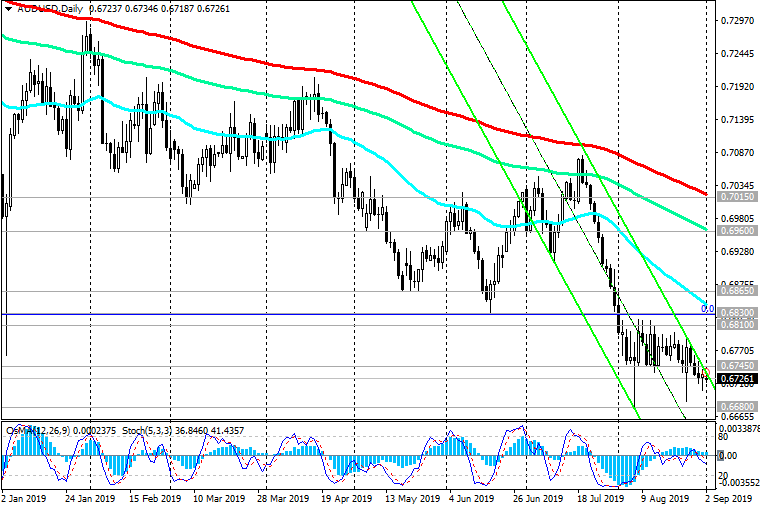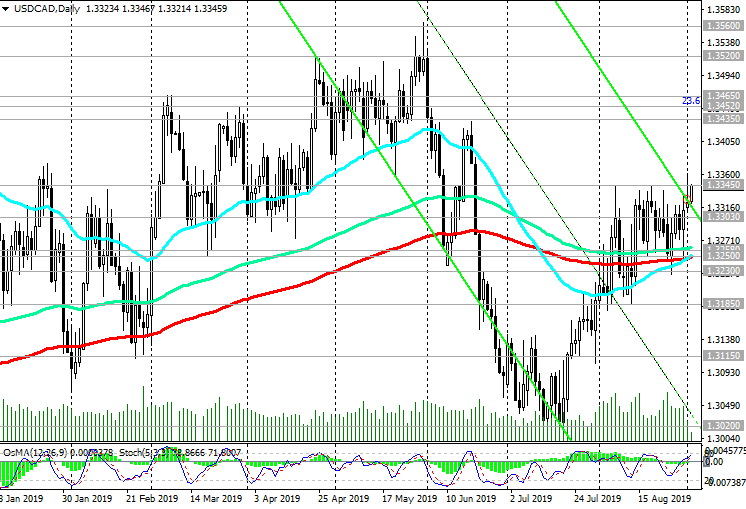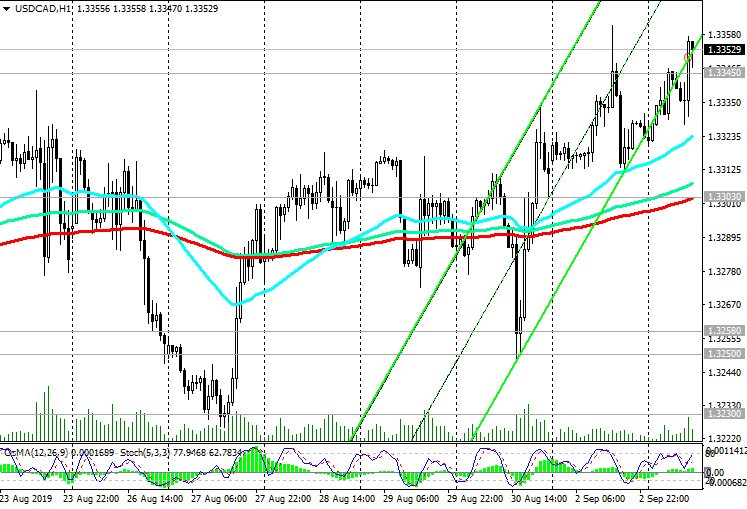TifiaFX
Established member
- Messages
- 641
- Likes
- 0
XAU/USD: the threat of recession is growing
08/07/2019
The sharp aggravation of the trade conflict between the United States and China led to increased fears of a recession in the United States and an even greater slowdown in global economic growth. This causes an increase in demand for defensive assets such as yen, government bonds, gold.
The yield on government bonds continues to decline, indicating an increasingly pessimistic mood of investors regarding the prospects for the economy. Yields on 10-year US Treasury bonds fell on Wednesday to 1.660% from 1.864% on Friday, to the lowest level since October 2016.
Gold quotes broke through the level of 1485.00 on Wednesday, reaching $ 1491.00 per troy ounce at the beginning of the European session. This is consistent with new highs since May 2013.
Shortly after the threat from the United States to impose new duties, the Chinese leadership banned state-owned companies from purchasing agricultural products, including soybeans, from the United States, which is a serious blow to American farmers. New duties will also increase the price of all goods in the United States.
If U.S. stock indices begin to decline again and close this week near the levels reached on Tuesday, then this will be the strongest weekly decline since December 2018.
White House economic adviser Lawrence Kudlow told CNBC on Tuesday that the US still wants to strike a deal with China despite being recognized it as currency manipulator, and continues to prepare for the Chinese trade delegation to arrive in the US in September.
However, many observers do not expect the United States or China to make any concessions. The trade conflict between the countries becomes unpredictable, which even more worries investors and increases the likelihood of a recession in the US and in the world.
Many economists estimate the likelihood of a recession in the United States next year at 50%.
In this situation, the demand from investors for protective assets and gold, including, is likely to continue in the near future.
And as soon as the Fed announces further easing of monetary policy, the price of gold will go in the direction of multi-year and absolute highs near the mark of 1920.00 dollars per ounce.
On Wednesday, XAU / USD hit a new 6-year high near 1491.00. The pair tested an important resistance level of 1485.00 (Fibonacci level 50% of the correction to the wave of decline since September 2011 and the mark of 1920.00). Fixation in the zone above this resistance level will indicate the completion of the correction and the full restoration of the global bullish gold trend.
In case of further growth of the XAU / USD pair, the intermediate target is at the resistance level of 1585.00 (Fibonacci level of 61.8%).
A strong positive momentum prevails. Above the local support levels of 1452.00 (July highs), 1440.00 (June highs), long positions are preferred.
An alternative scenario involves the breakdown of these support levels and a decrease to support levels of 1380.00 (Fibonacci 38.2% and highs of 2016), 1366.00 (highs of 2018), 1346.00 (bottom line of the ascending channel on the weekly chart).
But it’s too early to think about sales.
Support Levels: 1452.00, 1440.00, 1413.00, 1380.00, 1366.00, 1346.00, 1325.00, 1315.00, 1284.00, 1268.00, 1253.00
Resistance Levels: 1485.00, 1500.00, 1585.00
Trading Recommendations
Sell Stop 1470.00. Stop-Loss 1493.00. Take-Profit 1452.00, 1440.00, 1413.00
Buy Stop 1493.00. Stop-Loss 1470.00. Take-Profit 1500.00, 1585.00
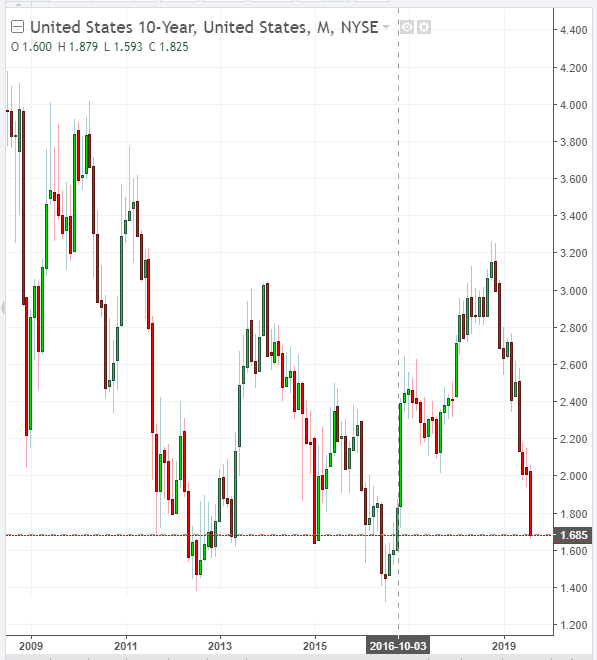
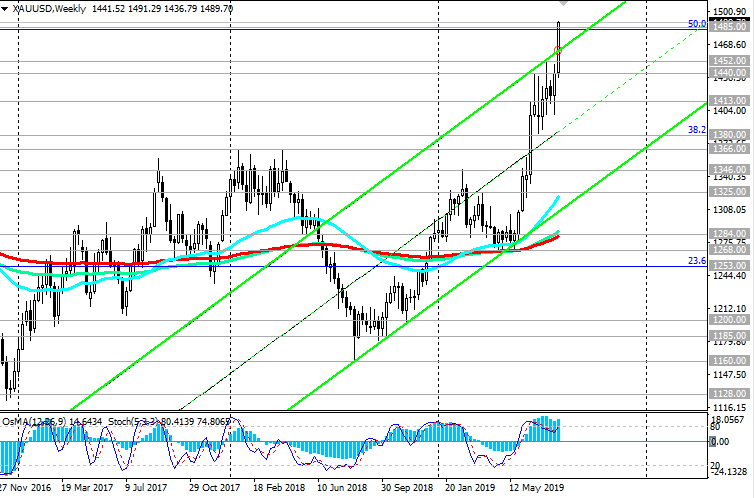
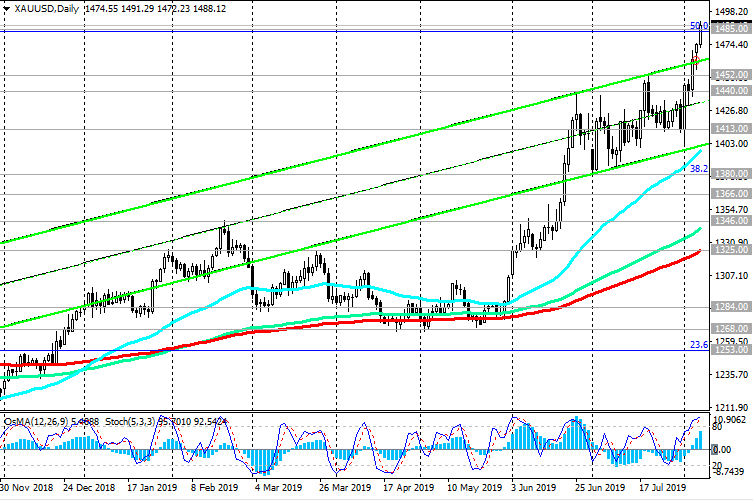
08/07/2019
The sharp aggravation of the trade conflict between the United States and China led to increased fears of a recession in the United States and an even greater slowdown in global economic growth. This causes an increase in demand for defensive assets such as yen, government bonds, gold.
The yield on government bonds continues to decline, indicating an increasingly pessimistic mood of investors regarding the prospects for the economy. Yields on 10-year US Treasury bonds fell on Wednesday to 1.660% from 1.864% on Friday, to the lowest level since October 2016.
Gold quotes broke through the level of 1485.00 on Wednesday, reaching $ 1491.00 per troy ounce at the beginning of the European session. This is consistent with new highs since May 2013.
Shortly after the threat from the United States to impose new duties, the Chinese leadership banned state-owned companies from purchasing agricultural products, including soybeans, from the United States, which is a serious blow to American farmers. New duties will also increase the price of all goods in the United States.
If U.S. stock indices begin to decline again and close this week near the levels reached on Tuesday, then this will be the strongest weekly decline since December 2018.
White House economic adviser Lawrence Kudlow told CNBC on Tuesday that the US still wants to strike a deal with China despite being recognized it as currency manipulator, and continues to prepare for the Chinese trade delegation to arrive in the US in September.
However, many observers do not expect the United States or China to make any concessions. The trade conflict between the countries becomes unpredictable, which even more worries investors and increases the likelihood of a recession in the US and in the world.
Many economists estimate the likelihood of a recession in the United States next year at 50%.
In this situation, the demand from investors for protective assets and gold, including, is likely to continue in the near future.
And as soon as the Fed announces further easing of monetary policy, the price of gold will go in the direction of multi-year and absolute highs near the mark of 1920.00 dollars per ounce.
On Wednesday, XAU / USD hit a new 6-year high near 1491.00. The pair tested an important resistance level of 1485.00 (Fibonacci level 50% of the correction to the wave of decline since September 2011 and the mark of 1920.00). Fixation in the zone above this resistance level will indicate the completion of the correction and the full restoration of the global bullish gold trend.
In case of further growth of the XAU / USD pair, the intermediate target is at the resistance level of 1585.00 (Fibonacci level of 61.8%).
A strong positive momentum prevails. Above the local support levels of 1452.00 (July highs), 1440.00 (June highs), long positions are preferred.
An alternative scenario involves the breakdown of these support levels and a decrease to support levels of 1380.00 (Fibonacci 38.2% and highs of 2016), 1366.00 (highs of 2018), 1346.00 (bottom line of the ascending channel on the weekly chart).
But it’s too early to think about sales.
Support Levels: 1452.00, 1440.00, 1413.00, 1380.00, 1366.00, 1346.00, 1325.00, 1315.00, 1284.00, 1268.00, 1253.00
Resistance Levels: 1485.00, 1500.00, 1585.00
Trading Recommendations
Sell Stop 1470.00. Stop-Loss 1493.00. Take-Profit 1452.00, 1440.00, 1413.00
Buy Stop 1493.00. Stop-Loss 1470.00. Take-Profit 1500.00, 1585.00




